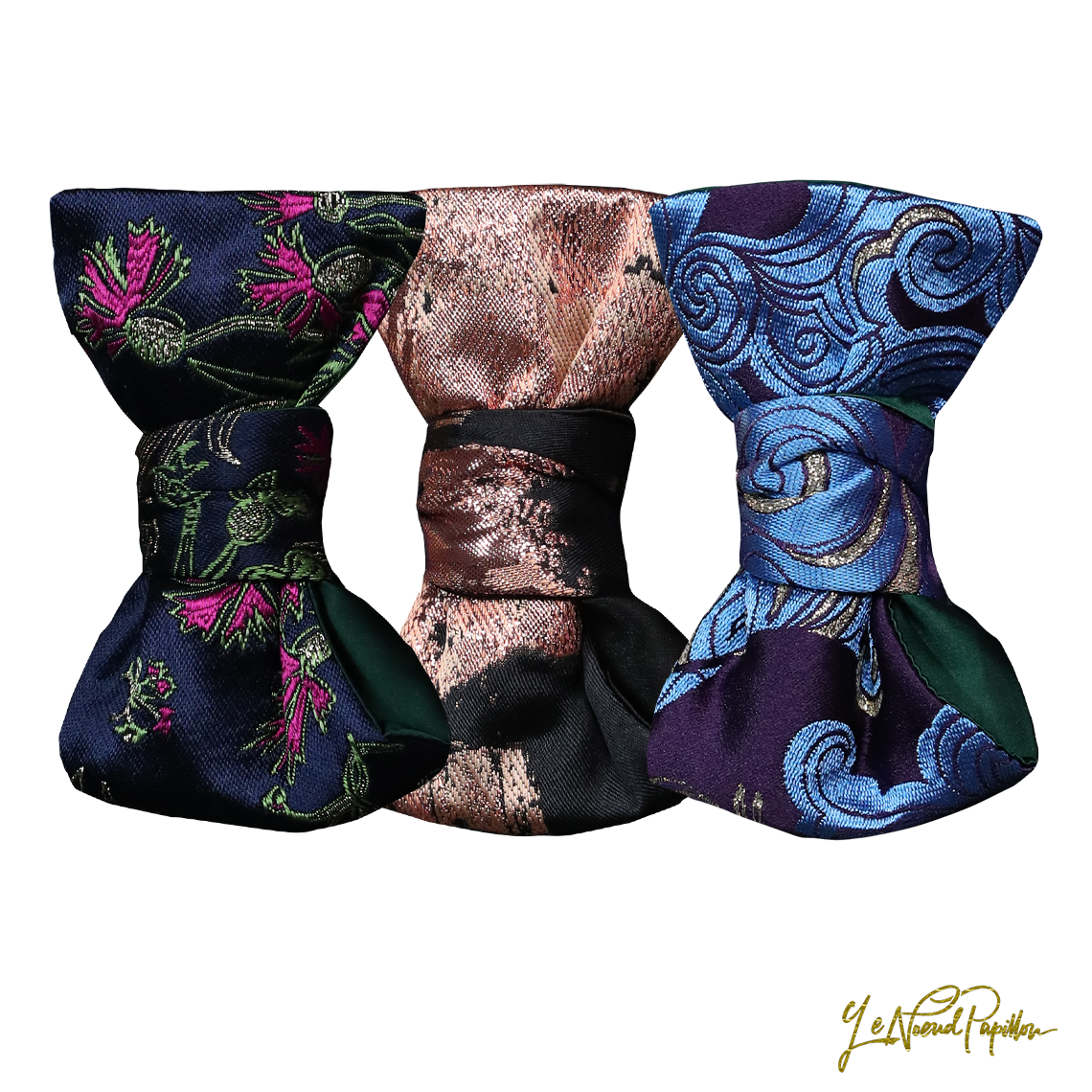For those of you that read this blog regularly, you will know that recently Ivan Crivellaro began working on a pair of shoes for me. The intention of making the shoes was as much to see the work as it progressed, from a blogging perspective, so that you, the readers, might see how a real artisan goes to work.
What Ivan does best is a process called 'patine' which is a dyeing technique which gives a marbling effect on the shoes which has been made famous by production houses such as Berluti and also by companies such as Matthew Cookson in Paris. There are many companies offering patine (some people spell it 'patina') finishes, but these are two that I am familiar with that have websites I know of.
The process can be done one of two ways - either you start with a white or tan coloured leather as a base and then apply the dye, or, alternatively, you can do a reverse patine, which involves stripping back the leather of an old shoe and reapplying the dye.
The example below is what we would come to expect from a 'new shoe' being treated. Ivan has taken a white leather, and once he has finished putting the shoe together, he is now ready to apply his artisan dyeing technique.
Notice the effect of the brush and spotting techniques on the shoes as the dye is applied. The workmanship means that you essentially treat the shoe like a canvas and you create whatever look you like - except that it is a shoe, and therefore requires consideration as to its function for the final wearer. With patine you can use multiple dye colours and mixes to create a layered technique which can showcase many different colours that have been slowly melded together through layers of brushing on and then stripping back. The result is a finish which can be so unique and complex that it is more a work of art than a traditional shoe, with subtle nuances at play in every part of the shoe from the heel to the toe notwithstanding how to the dye will take to the brogue and details in the leather. The most common patine finishes either give a rich wooden finish or else a marbled finish, though some will be a combination of both.
When the shoe is finished with the dyeing technique you can then begin your glaçage process to finish the shoes with that lovely coated film which brings out all the hard work and workmanship involved in the patine.
I have found another interesting blog entry on patine if you would like to see the process being done from start to finish by a shoe maker in England. Click here
 |
| The start - a shoe with a white base leather from which artisan Ivan Crivellaro will embark on his unique patine dyeing technique |
 |
| Notice the different brush work, a spotted or sponged technique at the rear of the shoe, with a brushwork finish on the front to given an olden wooden feel to the leather. |






what shoe maker is this dear sir
ReplyDeleteThe shoe maker is Ivan Crivellaro - you can contact him by liking his Facebook page. He works out of Italy.
ReplyDelete